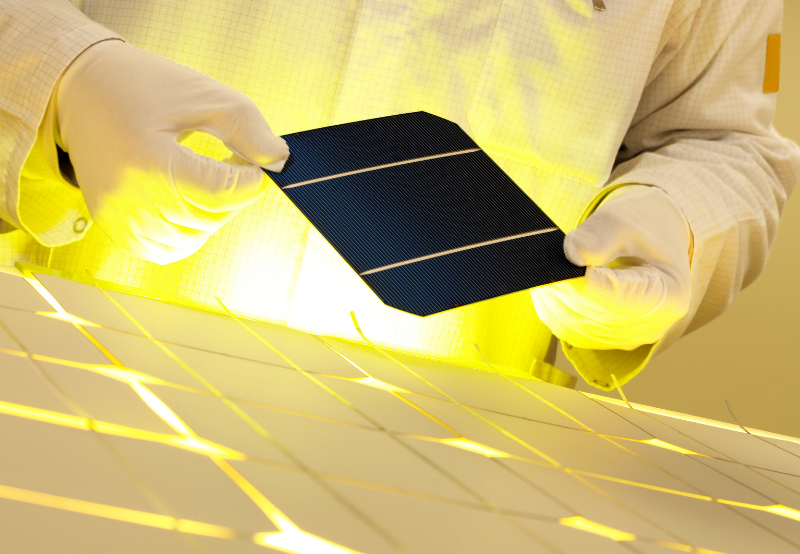Photonics in Energy: From Solar Cells to Advanced Lighting Systems

About Course
Dive into the illuminating world of photonics and discover how light-based technologies are shaping the future of energy. This course unpacks how photonics—through solar cells, energy-efficient lighting, and advanced energy conversion and storage systems—is revolutionizing the way we produce, store, and utilize energy. Whether you’re fascinated by solar technologies, intrigued by next-gen LED systems, or curious about how light can drive entire energy cycles, this course offers an engaging journey from fundamentals to real-world applications.
From dissecting the core science of light to exploring its role in solving today’s energy crisis, students will explore cutting-edge innovations and sustainability strategies in depth. You’ll examine how photonics is central to renewable energy technologies, delve into the materials and devices making it all possible, and evaluate exciting case studies that demonstrate photonics’ economic and environmental impact. This course is perfect for anyone looking to combine physics, engineering, and sustainability into a powerful and practical skill set.
Course Content
Introduction
Definition of photonics
00:00Overview of the role of photonics in energy conversion and lighting
00:00Importance of the topic
00:00